Sustainable Fashion: How Print-On-Demand Reduces Waste in the Fashion Industry
As consumers become more eco-conscious, the demand for sustainable fashion continues to rise. One innovative solution that addresses both style and sustainability is the print-on-demand model. This approach not only allows individuals to create unique, customized apparel but also significantly reduces waste, a critical issue in the traditional fashion industry. Let’s explore how print-on-demand is transforming sustainable fashion and contributing to a greener future.
1. Eliminating Overproduction
One of the biggest challenges in traditional fashion is overproduction. Brands often manufacture large quantities of clothing to meet anticipated demand, leading to excess inventory that often ends up in landfills. With print-on-demand, items are only produced when an order is placed. This “made-to-order” approach ensures that no surplus clothing is created, drastically reducing waste.
By producing only what’s needed, print-on-demand aligns perfectly with the goals of sustainable fashion. It prevents the overstocking of warehouses and minimizes the disposal of unsold items, reducing the environmental impact of the fashion industry.
2. Lower Carbon Footprint
The fashion industry is notorious for its high carbon emissions due to the production, transportation, and storage of bulk goods. Print-on-demand operates differently. Since clothing is produced one piece at a time, there’s no need for large warehouses to store inventory or frequent transportation to replenish stock. This significantly reduces the carbon footprint associated with traditional fashion production and logistics.
Moreover, many print-on-demand companies are adopting eco-friendly practices, such as using water-based inks and biodegradable packaging, further supporting the principles of sustainable fashion.

3. Reduced Water Usage
Water consumption in the fashion industry is another major environmental concern. Traditional garment production often involves water-intensive processes like dyeing and treatment. In contrast, many print-on-demand services utilize direct-to-garment (DTG) printing, which requires much less water and produces fewer chemical byproducts.
This shift to more efficient production methods makes print-on-demand a valuable contributor to sustainable fashion, as it lessens the strain on natural resources, particularly in areas where water scarcity is a growing concern.
4. Customization Without Waste
Print-on-demand offers the unique benefit of customization without the environmental costs typically associated with mass production. Customers can create unique, personalized designs that cater to their individual tastes, and each piece is produced specifically for them. This reduces the likelihood of unsold inventory and returns, further lowering waste.
As sustainable fashion emphasizes mindful consumption, the personalized nature of print-on-demand encourages customers to value their clothing more, as each item is uniquely tailored to their preferences, reducing impulse buying and disposal.
5. Eco-Friendly Materials
Many print-on-demand companies are making strides in using eco-friendly materials, such as organic cotton, recycled fabrics, and ethically sourced textiles. This aligns with the broader goals of sustainable fashion, where the focus is on reducing the environmental footprint of clothing production from start to finish.
By choosing eco-conscious fabrics and production processes, print-on-demand brands contribute to a more ethical, sustainable fashion industry, providing customers with the option to make responsible, planet-friendly choices.





